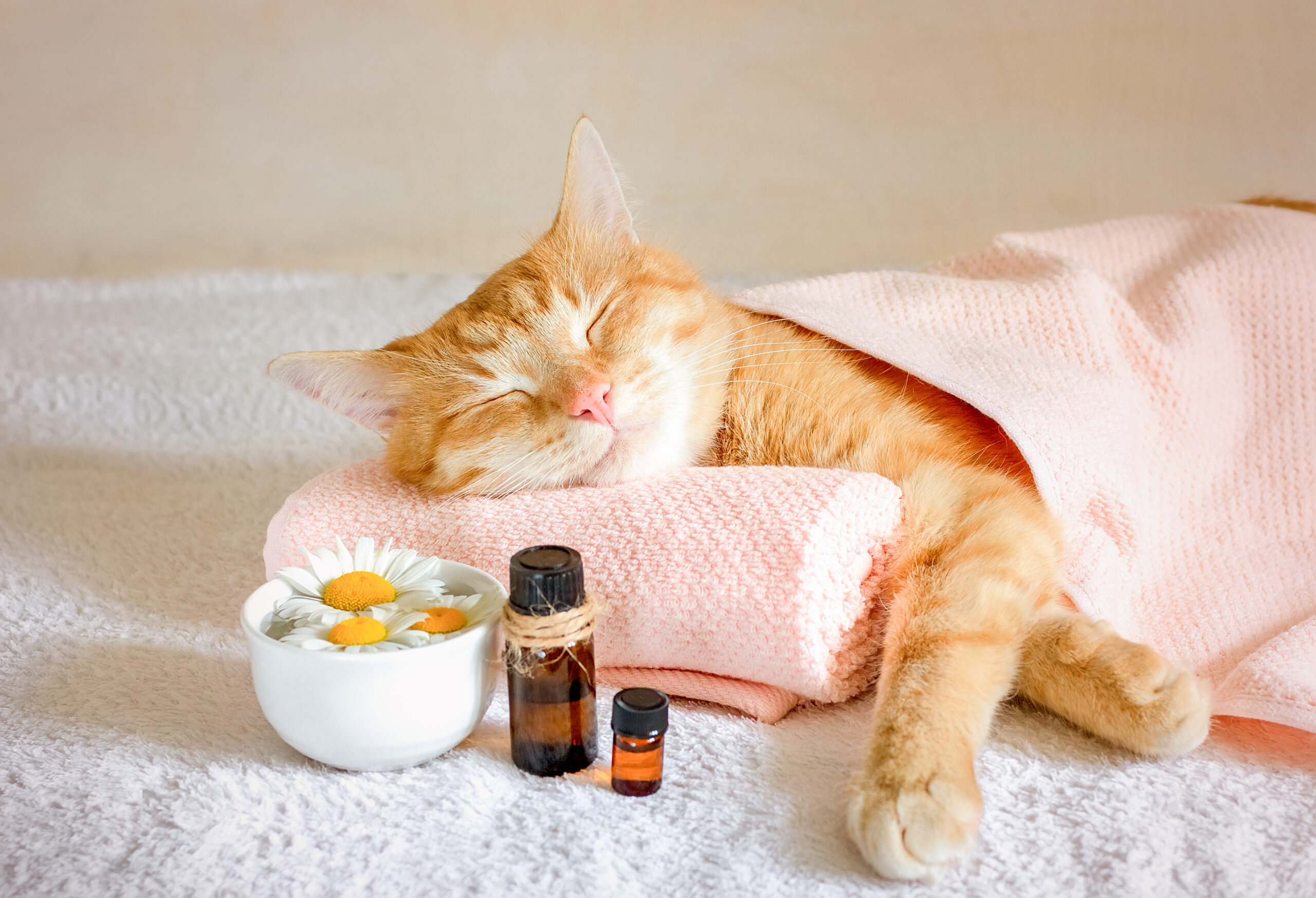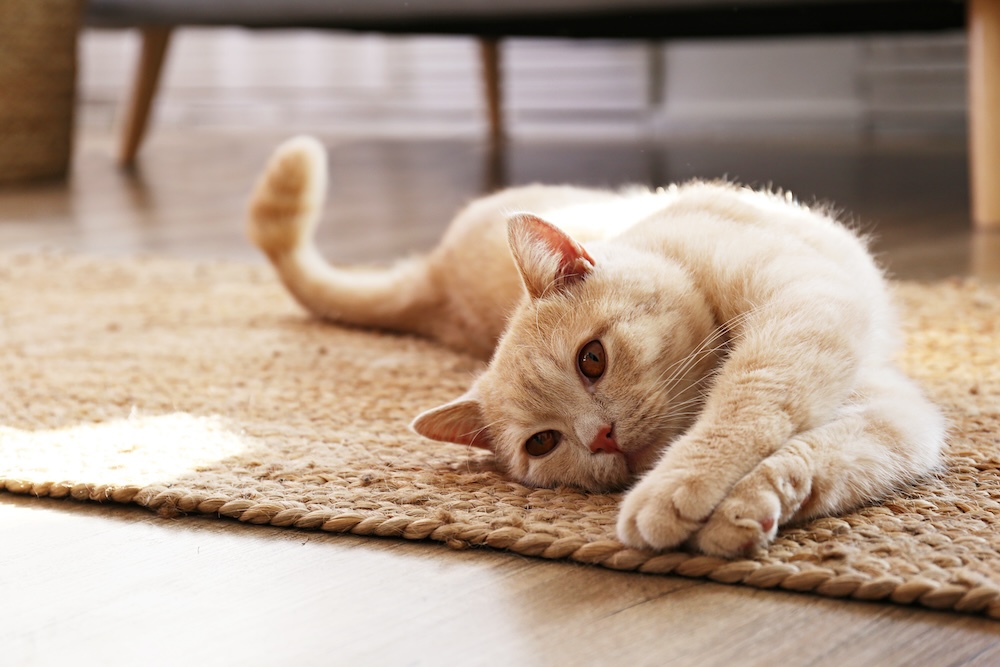Cats are curious creatures, and their wide, expressive eyes often mirror their health and emotions. So, when those eyes become irritated, red, or discharge is present, it’s a sign that something’s amiss. Cat eye infections are a common issue and can be a source of discomfort for your furry friend. Prompt cat eye infection treatment is essential to help alleviate pain and prevent further complications. In this article, we’ll explore the symptoms, causes, and treatments to get your cat’s eyes back to being bright and healthy.
Symptoms of Cat Eye Infections
At Faithful Friends Veterinary Clinic, we understand that your cat’s health is a priority, and eye infections can be particularly distressing for both pets and owners. Recognizing symptoms early on can make all the difference in preventing further complications. If you notice any of these signs, our compassionate team is here to provide expert care tailored to your cat’s needs:
- Redness and Swelling: Inflamed, puffy eyes are often one of the first signs of an infection. Our veterinarians will carefully assess the severity to recommend the most effective course of action.
- Discharge: Eye infections often cause watery or thick discharge, which can be clear, yellow, or green. We’ll examine the discharge to determine if bacteria, viruses, or allergens are the cause.
- Frequent Blinking or Squinting: If your cat is blinking or squinting frequently, it could be their way of reacting to pain or discomfort. Faithful Friends can provide soothing treatments to ease your pet’s symptoms and prevent worsening.
- Rubbing or Pawing at the Eyes: Cats with eye discomfort may rub their eyes, which can lead to irritation or further injury. We offer quick relief options to stop the discomfort and support healing.
- Crusting Around the Eyes: Discharge from infections often forms crusts around the eyes, which may irritate your cat further. Our team will help gently clean and care for the affected area to reduce discomfort.
Common Causes of Cat Eye Infections
Determining the cause of a cat eye infection is key to providing effective treatment. Faithful Friends Veterinary Clinic offers thorough examinations to identify and address these root causes, ensuring each cat receives the best care possible. Here are some common culprits we may investigate during your cat’s visit:
- Bacterial and Viral Infections: Bacterial infections, as well as viral infections like feline herpesvirus (FHV-1), are common causes of eye issues in cats. Our team is experienced in diagnosing and treating these infections with effective medications.
- Allergies: Environmental allergens, such as pollen or dust, can lead to eye irritation. Faithful Friends will work with you to manage your cat’s allergy symptoms and recommend changes to minimize allergens at home.
- Foreign Objects or Trauma: Dirt, dust, or an unexpected scuffle can introduce particles into your cat’s eye, causing irritation or infection. Our team will perform a detailed examination to identify and remove any foreign objects, ensuring your cat’s comfort and safety.
- Underlying Health Conditions: Cats with conditions like feline immunodeficiency virus (FIV) or feline leukemia virus (FeLV) can be more prone to infections. Faithful Friends provides a comprehensive approach to managing these underlying conditions to minimize infection risk.
Cat Eye Infection Treatment Options
Faithful Friends Veterinary Clinic offers a range of effective cat eye infection treatments, personalized for your pet’s specific needs. From medications to at-home care instructions, our goal is to relieve discomfort and promote healing.
- Antibiotic Eye Drops or Ointment: For bacterial infections, our veterinarians may prescribe antibiotic drops or ointments. These are applied directly to the eyes to target the infection site, and we’ll provide guidance to make the application process as smooth as possible for you and your pet.
- Antiviral Medication: Viral infections, such as those caused by feline herpesvirus, require specialized antiviral treatments. Faithful Friends offers both oral and topical antiviral options and will help you understand the treatment schedule and process.
- Cleaning the Eyes: Gently wiping your cat’s eyes can help relieve discomfort. During your visit, our staff will show you how to clean your cat’s eyes safely, using soft cloths and non-irritating solutions.
- Eye Drops for Moisture: Dry eyes can exacerbate infection symptoms. Faithful Friends may recommend artificial tears or lubricants, which we can administer during appointments and provide for continued at-home care.
- Avoiding Allergens: If we determine that allergens are behind your cat’s eye infection, Faithful Friends will recommend ways to reduce allergen exposure and may suggest antihistamines or other allergy medications to prevent recurring infections.
Home Care Tips for Treating Cat Eye Infections
While our veterinarians provide expert medical treatment, at-home care can also be invaluable in supporting your cat’s recovery. Faithful Friends offers these practical tips and guidance to help you create a comfortable healing environment:
- Keep Your Cat Indoors: Limiting outdoor access during treatment reduces the risk of encountering additional irritants or pathogens. Our team can suggest enriching indoor activities to keep your cat happy and stimulated.
- Separate from Other Pets: In multi-pet households, isolation can prevent the spread of infectious conditions. Faithful Friends will offer suggestions for making isolation comfortable and minimize stress for all pets involved.
- Stay Consistent with Medication: Even if symptoms improve, following the full course of treatment is essential. We’ll provide reminders and encourage check-ins to support you through this process.
- Provide a Calm Environment: Stress can impede recovery, so we recommend creating a calm and quiet space for your cat during treatment. Our team can give tips on how to maintain a peaceful environment for your pet.
When to See a Vet
If your cat shows symptoms of an eye infection, it’s always best to consult a veterinarian. While minor issues might clear up on their own, infections often require treatment to prevent complications like eye ulcers or, in severe cases, vision loss.
Seek immediate veterinary care if you notice any of the following:
- Severe swelling or intense redness
- Rapid progression of symptoms
- Pain (signaled by pawing at the eye or excessive squinting)
- Green or yellow discharge that persists for more than a day
Preventing Future Eye Infections
Regular vet visits, proper vaccinations, and a healthy, stress-free environment can all contribute to a lower risk of infections. Some cats may be prone to infections due to underlying health conditions, so keeping your cat’s overall health in check is essential.
By recognizing early signs and seeking prompt cat eye infection treatment, you’ll help keep your cat’s vision sharp and their eyes free from discomfort. At Faithful Friends Veterinary Clinic, we’re here to support you with expert care every step of the way, so you can keep your furry friend healthy and happy.




